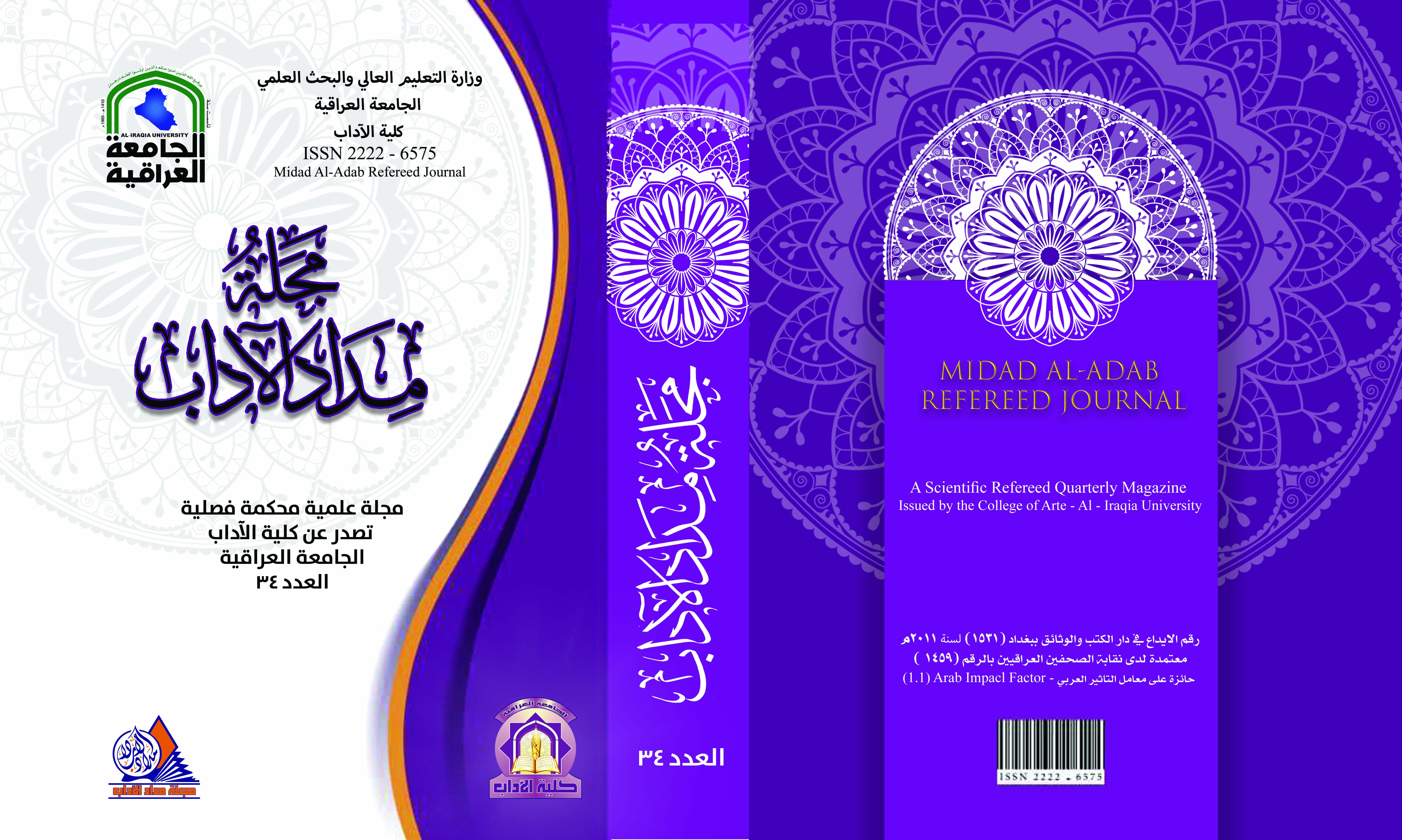The Emirate of Pilgrimage during the Time of the Muslim Mongols Ilkhanate (694-736 AH/1294-1335 AD)
The Emirate of Pilgrimage during the Time of the Muslim Mongols Ilkhanate (694-736 AH/1294-1335 AD)
DOI:
https://doi.org/10.58564/ma.v14i34.1246Keywords:
Key words: Mongols, Pilgrimage, Ilkhanid, caravans, Mecca.Abstract
The study seeks to follow up on the conditions of Muslim pilgrims who were nationals residing in the eastern regions of the Islamic world falling under the rule of the Mongol Ilkhanid dynasty for the period of time extending between the year (694 AH/1294 AD) to the year (736 AH/1335 AD), and what happened to the conditions of the Eastern Muslim pilgrims after ascending to the throne of the kingdoms. The Ilkhanids were Mongol Muslim sultans who rejected their subordination to the Grand Qan in the Mongol capital, Karakorum, and stopped the implementation by Chingisian laws (Yasaq). And following up on the great role played by these Ilkhans in establishing friendly relations by concluding peace treaties with the sultans of the Mamluk state in Egypt, the direct patrons of the two holy mosques. After that, the study deals with the conditions of Muslim pilgrims going to and from the Holy Land, and staying there in order to perform the Hajj ceremonies. It divides according to the time period of the rule of each Mongol Muslim sultan, with reference to the extent of each sultan’s care in this regard, and what he provided in order to manage and facilitate the means of pilgrimage to the holy lands in the land of the two holy mosques, and the establishment of his rituals in Mecca and the Prophet’s mosque.
Downloads
Published
Issue
Section
License

This work is licensed under a Creative Commons Attribution-NonCommercial-NoDerivatives 4.0 International License.








